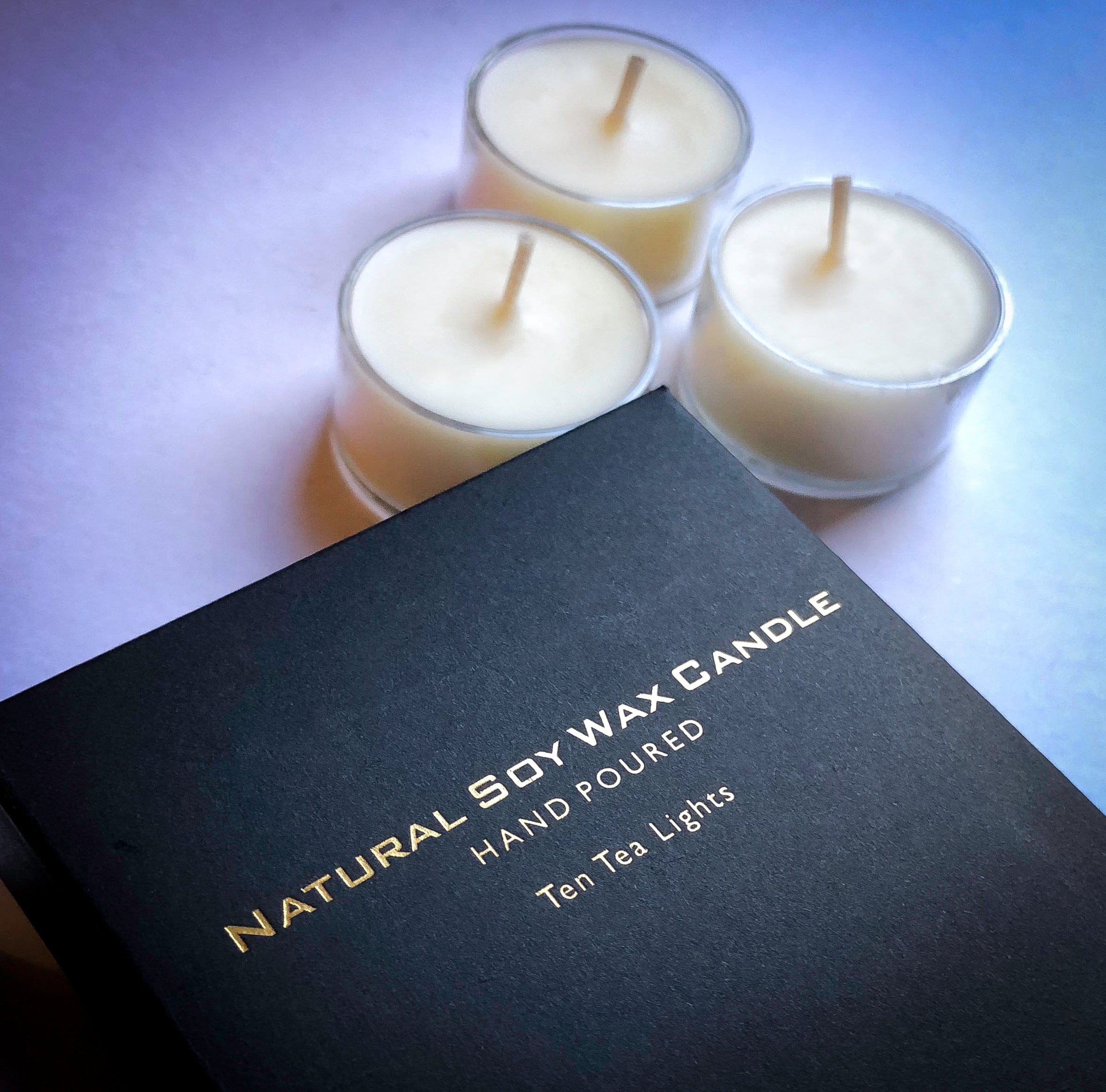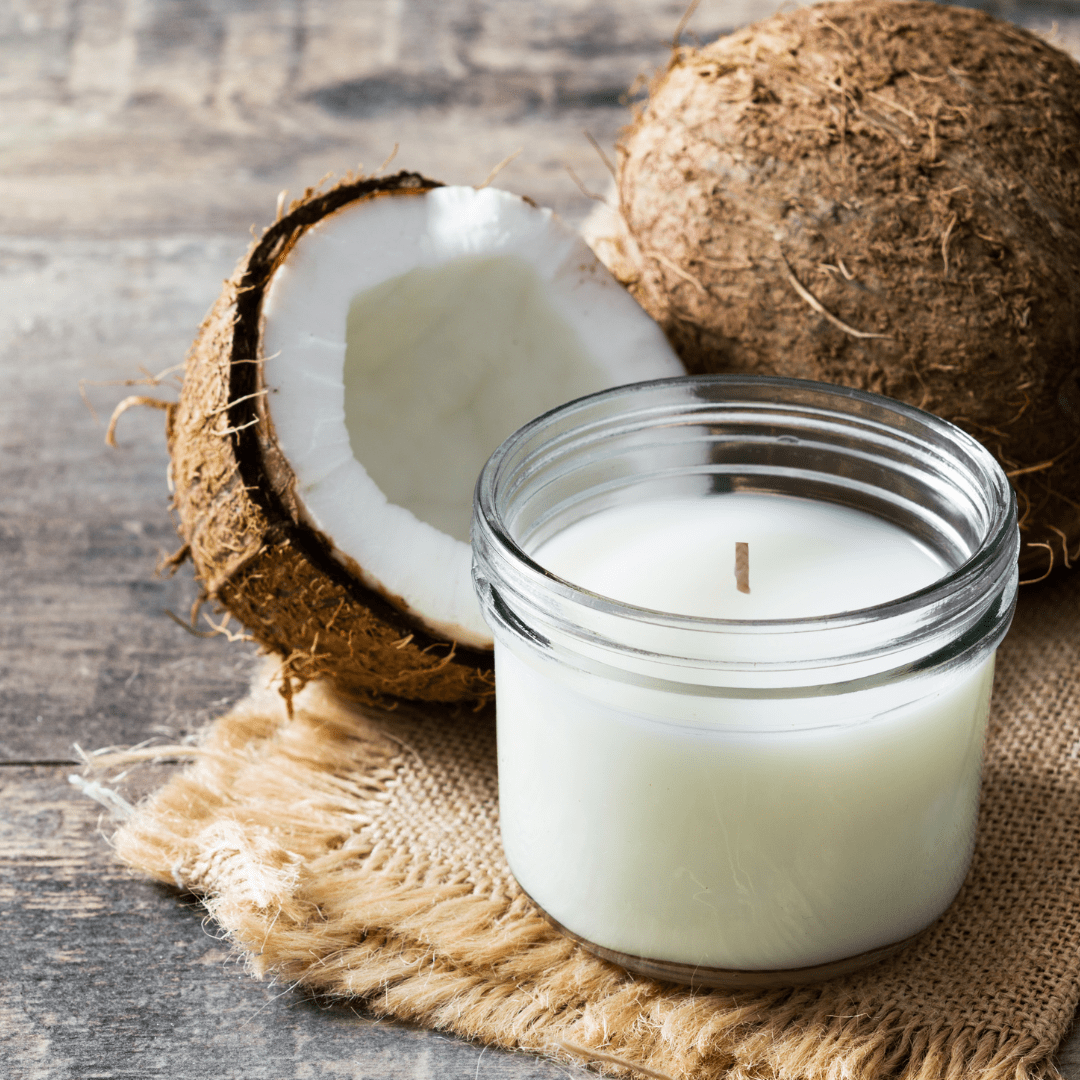Explore the Globe of Crystal Soy Candles and Home Fragrance Delights
Explore the Globe of Crystal Soy Candles and Home Fragrance Delights
Blog Article
From Wick to Wax: Understanding the Chemistry Behind Soy Wax Candles and Their Environmental Influence
As we illuminate our rooms with the cozy glow of candles, there lies a world of detailed chemistry behind the apparently basic act of lighting a soy wax candle. Join us as we unwind the clinical intricacies behind soy wax candle lights and discover their effects on our setting.
Soy Wax Vs. Paraffin Wax
When contrasting soy wax and paraffin wax for candle light production, it is necessary to understand the unique attributes and advantages of each product. Soy wax is a natural, sustainable resource derived from soybean oil, making it eco-friendly and environment-friendly - soy wax candles. On the other hand, paraffin wax is a by-product of oil refining, which raises concerns concerning its environmental influence and sustainability
Soy wax candle lights shed cleaner and discharge much less soot compared to paraffin wax candle lights, making them a healthier choice for interior air quality. Furthermore, soy wax has a reduced melting factor, enabling a longer-lasting candle that distributes scent more successfully. Paraffin wax, on the other hand, tends to shed faster and much less easily, potentially releasing damaging chemicals right into the air.
From a sustainability point of view, soy wax is favored for its biodegradability and sustainable sourcing, lining up with the expanding consumer choice for ecologically conscious products. While paraffin wax has been a standard choice in candle light making due to its cost and simplicity of use, the shift towards environmentally friendly alternatives like soy wax is obtaining momentum in the industry.
Chemical Structure of Soy Wax

Combustion Process in Soy Candles
The chemical make-up of soy wax directly affects the burning process in soy candles, impacting variables such as burn time, aroma launch, and environmental effect. When a soy candle is lit, the heat from the fire melts the wax near the wick.
The burning efficiency of soy candle lights is influenced by the pureness of the soy wax and the quality of the wick. A clean-burning soy candle light with a correctly sized wick will lessen and produce a steady fire residue formation. This not only extends the burn time of the candle however also enhances the launch of scents. Additionally, soy wax candles have a lower environmental impact compared to paraffin candles due to their sustainable and naturally degradable nature. Check This Out

Environmental Advantages of Soy Wax

Thought about a sustainable option to standard paraffin wax, soy wax offers noteworthy ecological benefits that make it a prominent choice amongst eco-conscious customers. Soy wax burns cleaner and creates much less soot than paraffin wax, contributing to far better interior air top quality and reducing the demand for cleaning and maintenance. On the whole, the environmental Related Site advantages of soy wax align with the growing need for sustainable and environment-friendly items in the market.
Recycling and Disposal Considerations
Recycling and proper disposal of soy wax candles play an essential role in preserving environmental sustainability and lowering waste in communities and families. When it comes to recycling soy wax candle lights, the first step is to make sure that the candle has burned totally.

In terms of disposal, if recycling is not an option, soy wax candles are eco-friendly and can be safely gotten rid of in a lot of house waste systems. Nonetheless, it is always suggested to contact regional reusing facilities or waste management solutions for certain standards on candle disposal to make sure correct handling and environmental security.
Verdict
In final thought, the chemistry behind soy wax candle lights reveals their ecological advantages over paraffin wax candles. Soy wax, obtained from soybean oil, burns cleaner and generates much less soot when contrasted to paraffin wax.
When contrasting soy wax and paraffin wax for candle light making, it is vital to understand the distinctive qualities and benefits of each product (candles).Soy wax candles melt cleaner and send out less soot contrasted to paraffin wax candle lights, making them a much healthier option for indoor air high quality.Considered a sustainable option to typical paraffin wax, soy wax offers significant environmental benefits that make it a preferred choice amongst eco-conscious consumers. Soy wax burns cleaner and creates less soot than paraffin wax, contributing More about the author to far better indoor air high quality and reducing the need for cleansing and upkeep.In verdict, the chemistry behind soy wax candle lights exposes their environmental advantages over paraffin wax candle lights
Report this page